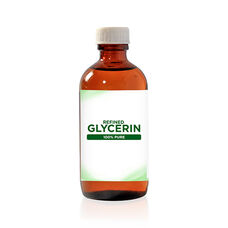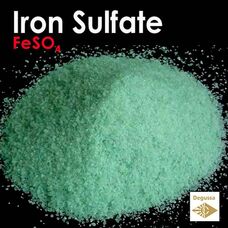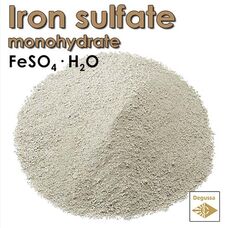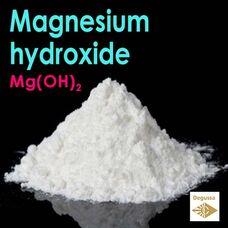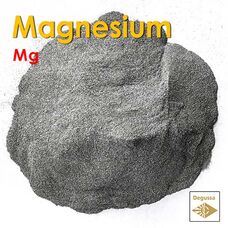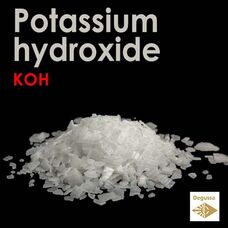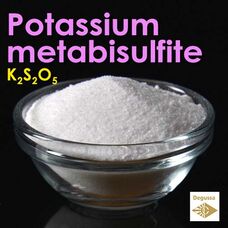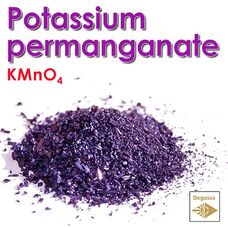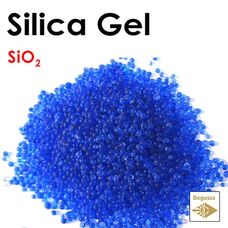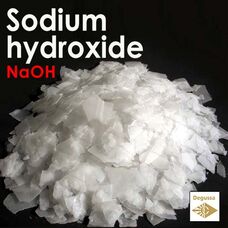Metal oxides are used in ceramics to produce color and effect
Nickel Sulfate - Nickel(II) sulphate
NiSO4 Nickel sulfate, with the chemical formula NiSO4, is a chemical compound that contains nickel, sulfur, and oxy..
0.99€
Aluminium diacetate - basic aluminium acetate
AlC4H7O5 Aluminium diacetate, also known as aluminum acetate, is a chemical compound with the formula Al(OH)(CH3COO..
1.19€
ALUMINIUM HYDROXIDE - Unlocking the Power of Aluminum Hydroxide: Applications, Properties, and Benefits
Al(OH)3 Aluminium hydroxide is a chemical compound with the chemical formula Al(OH)3. It is a white, amorphous powd..
0.99€
ALUMINIUM OXIDE - Bauxite Ceramic Alumina Corundum - Pigments and Stains
Al2O3 Aluminium oxide is a chemical compound of aluminium and oxygen with the chemical formula Al2O3. It is the mos..
0.59€
AMMONIUM NITRATE - What is ammonium nitrate and what is it used for
NH4NO3 AAmmonium nitrate (NH4NO3) is a chemical compound that consists of ammonium ions (NH4+) and nitrate ions (NO..
0.59€ 0.99€
Barium carbonate - Witherite: Versatile Applications and Chemical Insights
BaCO3 Barium carbonate (BaCO3) is a chemical compound composed of barium, carbon, and oxygen atoms. It is a white, ..
0.59€ 0.99€
BORAX - Improves glaze's frit and produces brighter vivid colors
B4O7Na2 Borax, also known as sodium borate, sodium tetraborate, or disodium tetraborate, is a naturally occurring m..
0.99€
BORIC ACID - Uses, Interactions, Mechanism of Action - Medical health
BH3O3 Boric acid, also called hydrogen borate, boracic acid salts, and orthoboric acid is a weak, monobasic Lewis a..
0.59€
CADMIUM SULFIDE
CdS Cadmium sulfide is a chemical compound that has the formula CdS. It is yellow in color and is a semiconductor o..
1.19€
Citric Acid - The Best Acidity Regulator in Ceramics
C6H8O7 Citric acid exists in a variety of fruits and vegetables, most notably citrus fruits. Lemons and limes have ..
0.59€
COPPER ACETATE - Exploring the Versatility of Cupric Acetate: Properties, Applications, and Uses - CUPRUM ACETICUM
Cu(CH3COO)2 Copper acetate has several uses:Catalyst in Organic Reactions: It is used as a catalyst in various orga..
0.99€
Copper Chloride - Copper(I) chloride
CuCl Copper(I) chloride, commonly called cuprous chloride, is the lower chloride of copper, with the formula CuCl. ..
0.59€
COPPER NITRATE - Exploring the Wonders of Cupric Nitrate: Properties, Uses, and Applications
Cu(NO3)2 Copper(II) NitrateUses:Catalysis: Copper(II) nitrate is used as a catalyst in various chemical reacti..
0.59€
GLYCEROL - The Science and Applications of Glycerine: Unlocking the Versatility of this Essential Compound Glycerin
C3H8O3 Glycerol, also known as glycerin or glycerine, is a colorless, odorless, and sweet-tasting viscous liquid. I..
1.19€
IRON POWDER - Direct reduced iron, sponge iron
Fe Iron powder, also known as direct reduced iron (DRI), is a highly pure form of iron that is produced by reducing..
2.99€
Iron(II) sulfate Heptahydrate - Ferrous sulfate - Green Stone
FeSO4 Iron(II) sulfate (British English: iron(II) sulphate) or ferrous sulfate denotes a range of salts with the fo..
0.59€
Iron(II) sulfate Monohydrate - Ferrous sulfate
FeSO4 Iron(II) sulfate (British English: iron(II) sulphate) or ferrous sulfate denotes a range of salts with the fo..
0.69€
Magnesium hydroxide - Milk of magnesia
Mg(OH)2 Magnesium hydroxide is the inorganic compound with the chemical formula Mg(OH)2. It occurs in nature as the..
0.59€
Magnesium Powder - Unlocking the Power of Magnesium: Your Ultimate Guide to Versatile Solutions
Mg Magnesium powder is a fine, granular substance consisting of small particles of magnesium metal. It is typically..
2.99€
Potassium hydroxide (KOH) - Kalii hydroxidum
KOH Potassium hydroxide (KOH) is a strong base, also known as caustic potash. It is an inorganic compound composed ..
0.59€ 0.99€
Potassium metabisulfite
K2S2O5 Potassium metabisulfite, K2S2O5, also known as potassium pyrosulfite, is a white crystalline powder with a p..
0.99€
Potassium permanganate
KMnO4 Potassium permanganate (KMnO4) is a chemical compound consisting of potassium (K), manganese (Mn), and oxygen..
0.99€
Silica gel - Blue Silicon Dioxide
SiO2 Blue silica gel is a type of desiccant that is used to absorb moisture and control humidity in various applica..
1.99€
Sodium hydroxide (NaOH) - Natrii hydroxidum
NaOH Sodium hydroxide (NaOH), commonly known as caustic soda or lye, is a strong alkaline compound. It is an inorga..
0.59€ 0.99€
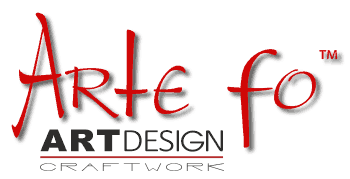
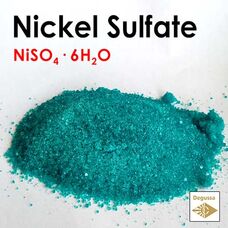
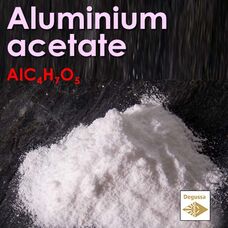
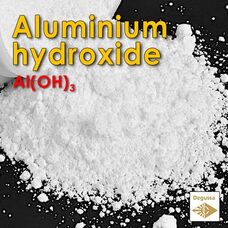
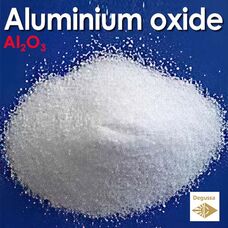
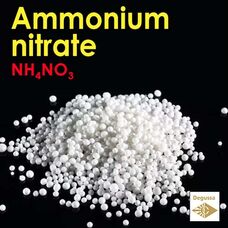
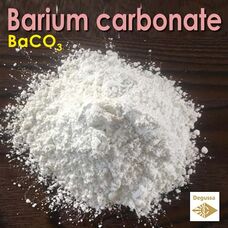

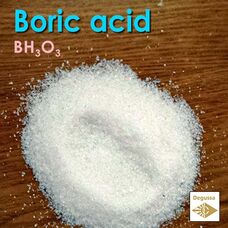
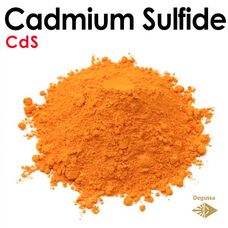
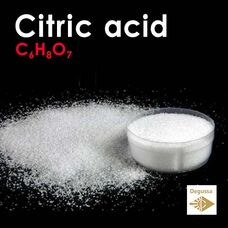
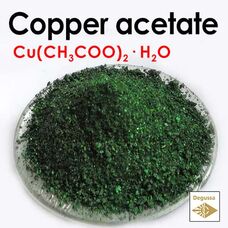
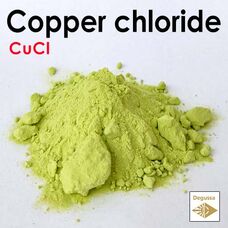
-nitrate-LQ-228x228.jpg)
